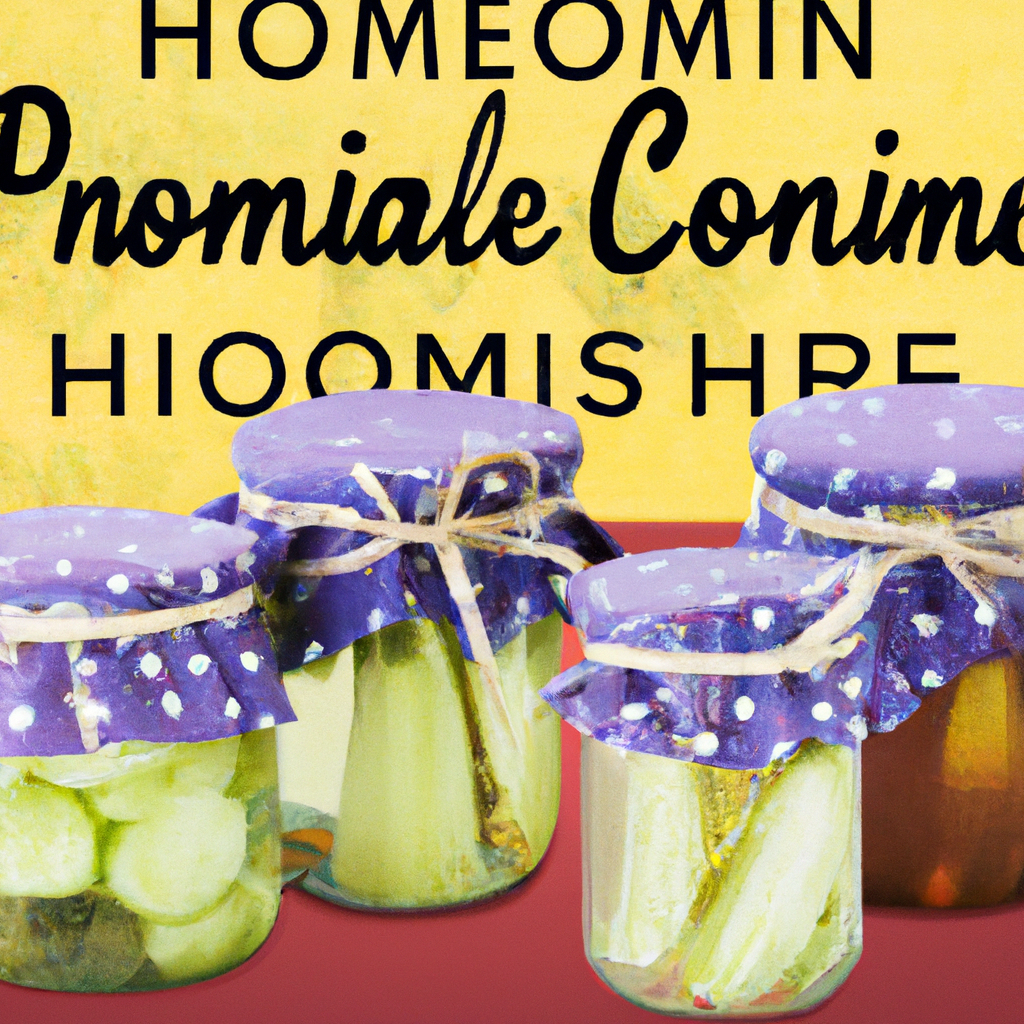Master the Art of Preservation: Enroll in the Home Canning and Pickling School Today!
Exploring Global Flavors: A Guide to International Pickling Techniques in Home Canning
Hey there, fellow food adventurers! Let’s dive into something super exciting today—pickling! Now, I know what you’re thinking: pickles? Really? But trust me, once you start exploring the incredible world of international pickling techniques, you’ll be hooked. It’s like taking a culinary trip around the globe without leaving your kitchen.
I remember the first time I tried my hand at pickling. It was a mess—jars everywhere, vinegar splashes on the counter—but oh boy, when I tasted that first crunchy bite, it was all worth it. There’s something magical about transforming fresh veggies into tangy delights that can last for months.
Now, let’s talk about some of these global flavors and how you can bring them into your home canning adventures. Each culture has its own unique twist on pickling that’s totally worth trying out.
First up is Korea’s kimchi. If you’ve never tried making kimchi at home, you’re in for a treat! Kimchi is not just cabbage; it’s an explosion of flavors with garlic, ginger, chili flakes, and fish sauce (or soy sauce if you’re going vegetarian). When my friend Jin taught me her family recipe one chilly afternoon over tea and laughter, she emphasized massaging the salt into the cabbage—who knew veggies needed massages too? The result after letting it ferment for a few days was absolutely divine!
Next stop on our flavor train is India with its achaar. Indian pickles are usually spicy and packed with spices like mustard seeds and fenugreek. My neighbor Priya once gave me a jar of her homemade mango pickle as a thank-you gift—I could hardly wait to try it! The tangy-spicy mix made even simple rice dishes taste heavenly. Inspired by Priya’s kindness (and talent), I tried making lime pickle myself using her tips—it turned out surprisingly well!
Let’s hop over to Eastern Europe where we find sauerkraut—a classic that’s loved far beyond its German roots. Making sauerkraut might seem daunting because of fermentation but actually requires little more than patience…and cabbage! My grandma used to make big batches every fall; she’d always say “the secret ingredient is time.” She’d store them in our basement—the smell would waft through our house—and they’d be perfect come wintertime when we craved comfort food.
In Japan there’s tsukemono which means ‘pickled things’ quite literally—they sure get straight to the point! Japanese pickles range from salty umeboshi plums that pucker your mouth like crazy—to crisp cucumbers marinated overnight in miso paste (my personal favorite). One summer evening while having sushi with friends at Miko’s tiny corner restaurant downtown she shared how quick and easy those cucumber miso delights were—they’ve been my go-to ever since whenever surprise guests pop over.
And who could forget Italy’s giardiniera? This mixed vegetable medley soaked in vinegar brine adds zesty crunchiness atop sandwiches or as antipasti during gatherings—I learned this gem from Lucia during one lazy Sunday spent cooking together while listening to old Italian songs playing softly on her vintage radio set…ahh memories!
So why not shake things up next weekend by experimenting with these global picks right from your kitchen counter? Sure—it might mean dealing with sticky fingers or occasional spills but believe me—the burst of new tastes will transport both you & whoever shares these jars across borders without any need for passports or tickets needed whatsoever!
Go ahead grab those mason jars ready—you won’t regret embarking upon such flavorful journeys filled lifelong learning (& eating!). Happy canning everyone 🌍❤️🥒
